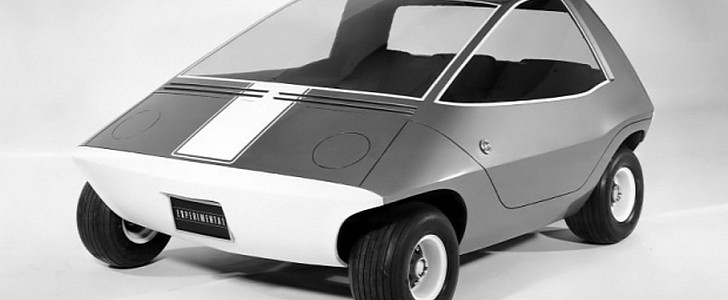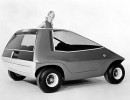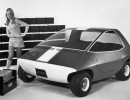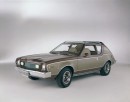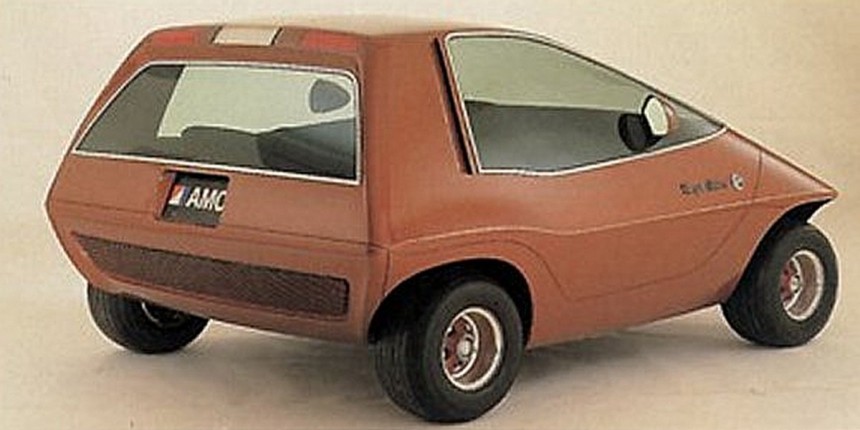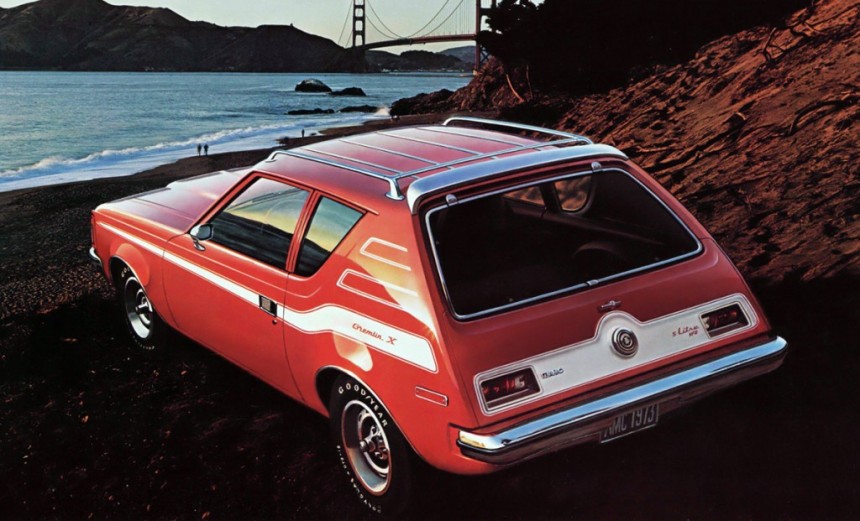It's hard to picture electric cars roaming U.S. streets in the 1960s when big and powerful gas-guzzlers were the norm, but some automakers were busy developing EVs at the time. American Motors Corporation (AMC) was one of them and its first all-electric car, the Amitron, arrived in 1967.
With the muscle car wars in full swing, AMC was elbows deep in developing high-performance compact and midsize vehicles to tackle offerings from Ford, GM, and Chrysler. The company had three such cars in the works by the mid-1960s: the Rebel, Javelin, and AMX. But AMC was also exploring a departure from gas-fed automobiles.
It all began when the 89th United States Congress passed three bills collectively known as the Electric Vehicle Development Act of 1966 and amended the Clean Air Act of 1963.
The acts included legislation that provided funding for electric car development, seen at the time as a response to the rapidly decreasing air quality and a way for the government to reduce its reliance on expensive oil imports.
AMC wasn't the first carmaker to develop an EV in the 1960s. Chevrolet had already built a battery-powered Corvair in 1964 and revisited the idea in 1966. It's called the Electrovair and you can find out more about it from this coverstory.
But unlike Chevrolet, which opted to drop batteries and an electric motor in an existing production model, AMC decided to build an EV from scratch. The result arrived in 1967 as the Amitron, a subcompact that was only 85 inches (2,16 meters) long and offered room for three people in a single row of seats.
The Amitron looked quite different compared to production cars of the era. Because AMC focused on reducing drag resistance to improve mileage, the Amitron had a snub-nosed front end and a polygonal shape. The design strategy was revisited by Tesla more than 50 years later with the Cybertruck.
The EV was also devoid of conventional side doors, featuring a clamshell-style canopy that hinged up and backward to provide ingress and egress. The hidden headlamps, the heavily slanted windshield, and the almost vertical rear end further enhanced the Amitron's strange yet exotic appearance.
The list of unique features also included passenger seats with air-filled cushions instead of the usual polyurethane used in production models at the time.
To power the Amitron, AMC teamed up with Gulton Industry, which created two different battery packs. A lithium-nickel-fluoride battery with a total capacity of 22.5 kWh was the car's primary source.
But while the lithium pack was highly reactive, it had relatively low instantaneous power and couldn't handle high power peaks for rapid acceleration and recharging during regenerative braking.
As a result, the EV was also fitted with two nickel-cadmium batteries. These provided the necessary oomph to sprint off the line and were recharged by the lithium batteries while cruising.
The nickel-cadmium packs also recharged through a regenerative system that automatically switched the drive motors to generators as the car slowed down during braking. Through this, AMC pioneered the use of regenerative braking technology in the U.S. car industry.
Did have a positive impact on the car's range? Yes, it did, because the Amitron was capable of covering up to 150 miles (241 km) when traveling at 50 mph (80 kph).
For reference, the Chevrolet Electrovair had a maximum range of 80 miles (129 km). The Amitron's batteries were also impressively light at 200 pounds (91 kg).
While the EV was far from fast (it needed 20 seconds to hit 50 mph) and raised concerns about its potential to protect occupants in the event of a crash, the Amitron was well received by the public. The positive reaction prompted AMC to commence testing on public roads and to promise a production model by 1972.
Unfortunately, the project came to an abrupt halt due to several technical issues and the high cost of battery production at the time. The Amitron did not go beyond the prototype/concept stage.
The idea was reheated in 1977 when AMC introduced its "Concept 80" lineup of experimental vehicles. Renamed the Electron, repainted, and fitted with side mirrors, it was displayed as a static model with no drivetrain.
Despite its (unsurprising) failure, the Amitron left a long-lasting legacy behind through the AMC Gremlin, produced from 1970 to 1978. It also pioneered the regenerative braking system that took some 50 years to become common in production vehicles. And while the Cybertruck wasn't inspired by the Amitron, AMC's EV is proof that polygonal cars are nothing new.
It all began when the 89th United States Congress passed three bills collectively known as the Electric Vehicle Development Act of 1966 and amended the Clean Air Act of 1963.
The acts included legislation that provided funding for electric car development, seen at the time as a response to the rapidly decreasing air quality and a way for the government to reduce its reliance on expensive oil imports.
AMC wasn't the first carmaker to develop an EV in the 1960s. Chevrolet had already built a battery-powered Corvair in 1964 and revisited the idea in 1966. It's called the Electrovair and you can find out more about it from this coverstory.
The Amitron looked quite different compared to production cars of the era. Because AMC focused on reducing drag resistance to improve mileage, the Amitron had a snub-nosed front end and a polygonal shape. The design strategy was revisited by Tesla more than 50 years later with the Cybertruck.
The EV was also devoid of conventional side doors, featuring a clamshell-style canopy that hinged up and backward to provide ingress and egress. The hidden headlamps, the heavily slanted windshield, and the almost vertical rear end further enhanced the Amitron's strange yet exotic appearance.
The list of unique features also included passenger seats with air-filled cushions instead of the usual polyurethane used in production models at the time.
But while the lithium pack was highly reactive, it had relatively low instantaneous power and couldn't handle high power peaks for rapid acceleration and recharging during regenerative braking.
As a result, the EV was also fitted with two nickel-cadmium batteries. These provided the necessary oomph to sprint off the line and were recharged by the lithium batteries while cruising.
The nickel-cadmium packs also recharged through a regenerative system that automatically switched the drive motors to generators as the car slowed down during braking. Through this, AMC pioneered the use of regenerative braking technology in the U.S. car industry.
For reference, the Chevrolet Electrovair had a maximum range of 80 miles (129 km). The Amitron's batteries were also impressively light at 200 pounds (91 kg).
While the EV was far from fast (it needed 20 seconds to hit 50 mph) and raised concerns about its potential to protect occupants in the event of a crash, the Amitron was well received by the public. The positive reaction prompted AMC to commence testing on public roads and to promise a production model by 1972.
Unfortunately, the project came to an abrupt halt due to several technical issues and the high cost of battery production at the time. The Amitron did not go beyond the prototype/concept stage.
Despite its (unsurprising) failure, the Amitron left a long-lasting legacy behind through the AMC Gremlin, produced from 1970 to 1978. It also pioneered the regenerative braking system that took some 50 years to become common in production vehicles. And while the Cybertruck wasn't inspired by the Amitron, AMC's EV is proof that polygonal cars are nothing new.
